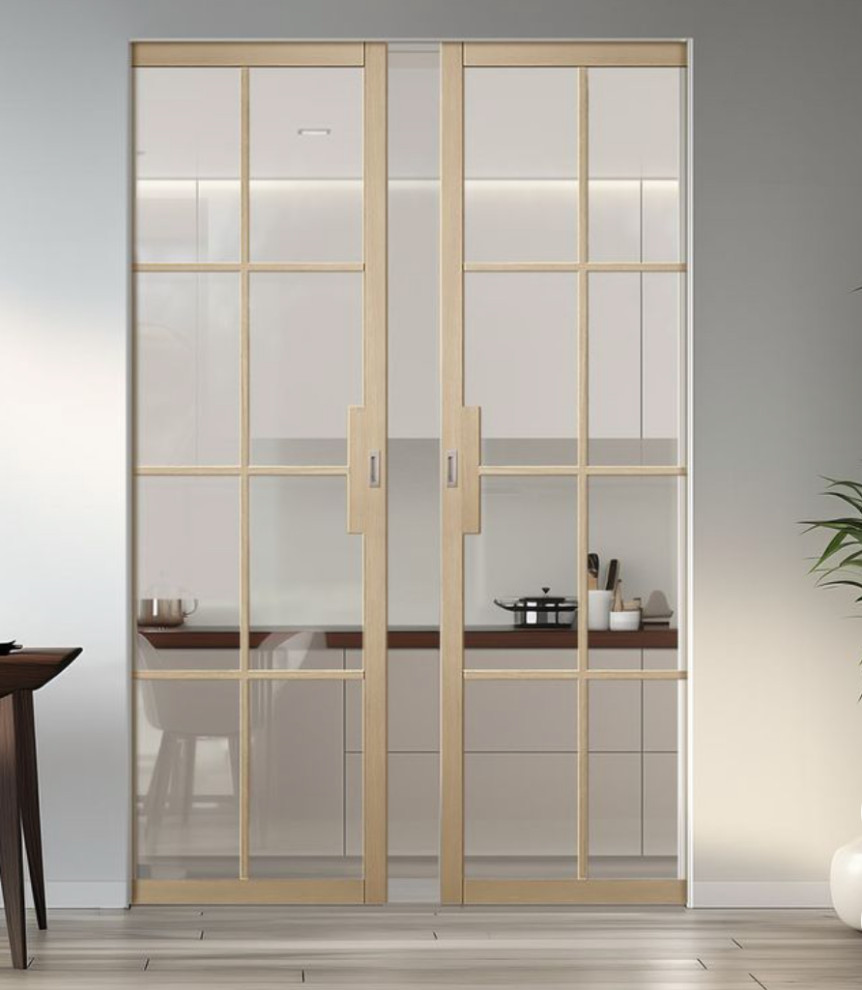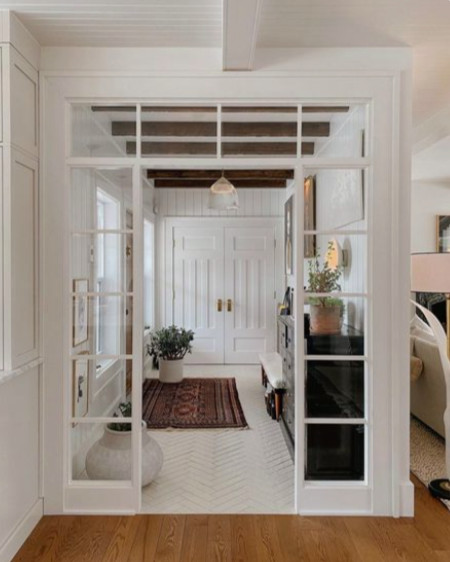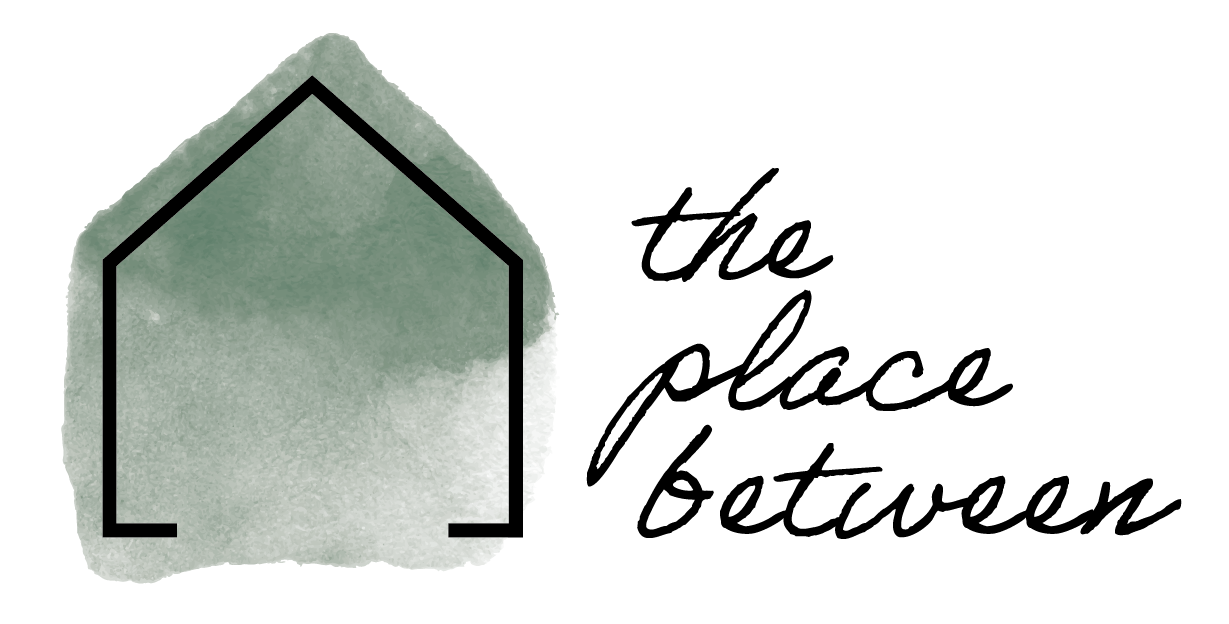Sustainable homes you enjoy living in. Designed with trust, clarity & care.
Are pocket doors right for your home? Benefits, drawbacks & installation tips

Internal pocket doors are a brilliant space-saving solution, offering a sleek and functional alternative to traditional hinged doors. Whether you’re tackling a full-scale renovation or simply looking to make better use of a compact room, pocket doors can be a game-changer. But are they the right choice for your home? Let’s break it down with a clear-eyed look at the benefits, the drawbacks, and what you need to know before making the leap.
Why homeowners love pocket doors
1. They save valuable space
If you’ve ever cursed a door that swings into your precious square footage, pocket doors could be the answer. Because they slide into the wall rather than opening outward, they free up space—perfect for tight spots like en-suites, utility rooms, or even a pantry. More space, less awkward manoeuvring.
2. They create a seamless flow
For open-plan living, pocket doors work beautifully to separate spaces without shutting them off completely. You get flexibility—open them up for an airy, connected feel or slide them closed when you need privacy. Great for home offices, playrooms, or dividing a large kitchen-diner.
3. They look seriously stylish
If you love a clean, minimalist aesthetic, pocket doors can add a modern, unfussy look to your interiors. With a flush fit and customisable finishes, they can blend in seamlessly or stand out as a statement feature.
4. They can improve accessibility
For those designing with mobility in mind, pocket doors can be a real win. They eliminate the need to navigate around a swinging door, making movement smoother for wheelchair users or anyone with limited mobility. Add a soft-close feature, and you’ve got an effortless transition between rooms.
5. They can add value to your home
Smart, space-saving solutions are always a plus when it comes to resale value. While pocket doors might not be a dealbreaker for buyers, they show thoughtfulness in design and a commitment to maximising every inch of space.

Where pocket doors fall short
1. Installation can be a headache
Unlike a standard door swap, fitting a pocket door isn’t a quick DIY job. It requires creating a cavity in the wall—tricky if it’s a load-bearing structure or packed with wiring or plumbing. If you’re considering them, factor in professional installation costs.
2. They’re not the best for soundproofing
Want total silence in your home office or bedroom? Pocket doors aren’t always the best choice. Because they don’t seal as tightly as traditional doors, sound can leak through. Acoustic seals can help, but they won’t match the noise-blocking power of a solid-core door.
3. Repairs can be tricky
Over time, pocket doors can develop issues—rollers wearing out, doors coming off track, or mechanisms getting stuck. Unlike a standard door, fixing them isn’t as simple as tightening a hinge. Accessing the track inside the wall can be a hassle (and sometimes requires removing part of the wall itself!).
4. Some can feel flimsy and hard to manoeuvre
Not all pocket doors are created equal. Cheaper models can feel flimsy and rattle when opened and closed. Opting for deep, sturdy handles and high-quality materials will improve usability and durability.
5. You lose wall space
Pocket doors mean no hanging shelves, no running wires, and no plumbing in that section of the wall. If you’re working with limited wall space, this could be a dealbreaker.
6. The cost can add up
While pocket doors can be a fantastic investment, they aren’t the cheapest option. Between the specialist tracks, the cavity work, and the potential labour costs, they can end up pricier than a good-quality hinged door. Worth it? That depends on your priorities.

What to think about before installing a pocket door
1. Is your wall suitable?
Not all walls are pocket-door friendly. If yours is load-bearing or houses important wiring or plumbing, installing a pocket door will be more complicated (and costly).
2. Choose quality hardware
A good pocket door is only as good as its track and rollers. Investing in high-quality components will save you from future frustrations—no one wants a door that sticks or wobbles after a few months.
3. Get the installation right
Precision is key. A misaligned pocket door can be a nightmare—getting stuck, not closing properly, or feeling flimsy. Work with a skilled professional to ensure a seamless fit.
4. Consider glazing options
Pocket doors can be fully glazed, half-glazed, or solid. If you have dogs (like me!), a full-glazed option might require constant cleaning from nose prints! A solid or half-glazed design can offer a practical balance between visibility and maintenance.
5. Sustainability and cost-saving options
For a sustainable and cost-effective approach, consider using a pocket door kit with a reclaimed solid wood door. It’s more environmentally friendly than engineered wood and can be a budget-saver—though it may take time to source, and you’ll need a contractor willing to install it.
6. Think about accessibility
If ease of use is a concern, look for soft-close mechanisms or even automatic pocket doors to make opening and closing effortless.
Alternatives to pocket doors
If pocket doors aren’t quite right for your space, consider these alternatives:
- Sliding doors – Mounted on an external track, offering a similar look without the need for wall cavities.
- Barn door mechanisms – Stylish and rustic, but they do require enough wall space to slide open fully.
- French doors – If you have the space, they can be the most durable and stylish option while maintaining flexibility in room division.
The verdict?
Pocket doors are a fantastic choice for homeowners looking to optimise space and create a sleek, modern look. But they’re not a one-size-fits-all solution. If you’re working with a small budget, need serious soundproofing, or have a wall packed with wiring and pipes, they might not be the best fit.
Choosing a door—especially when shopping online—can be a challenge. If you need advice, I’m here to help! Reach out for expert guidance on making the right choice for your home.
Need expert guidance on home renovations? Let’s chat! Find more insights and practical renovation advice at The Place Between. Book a call here.
